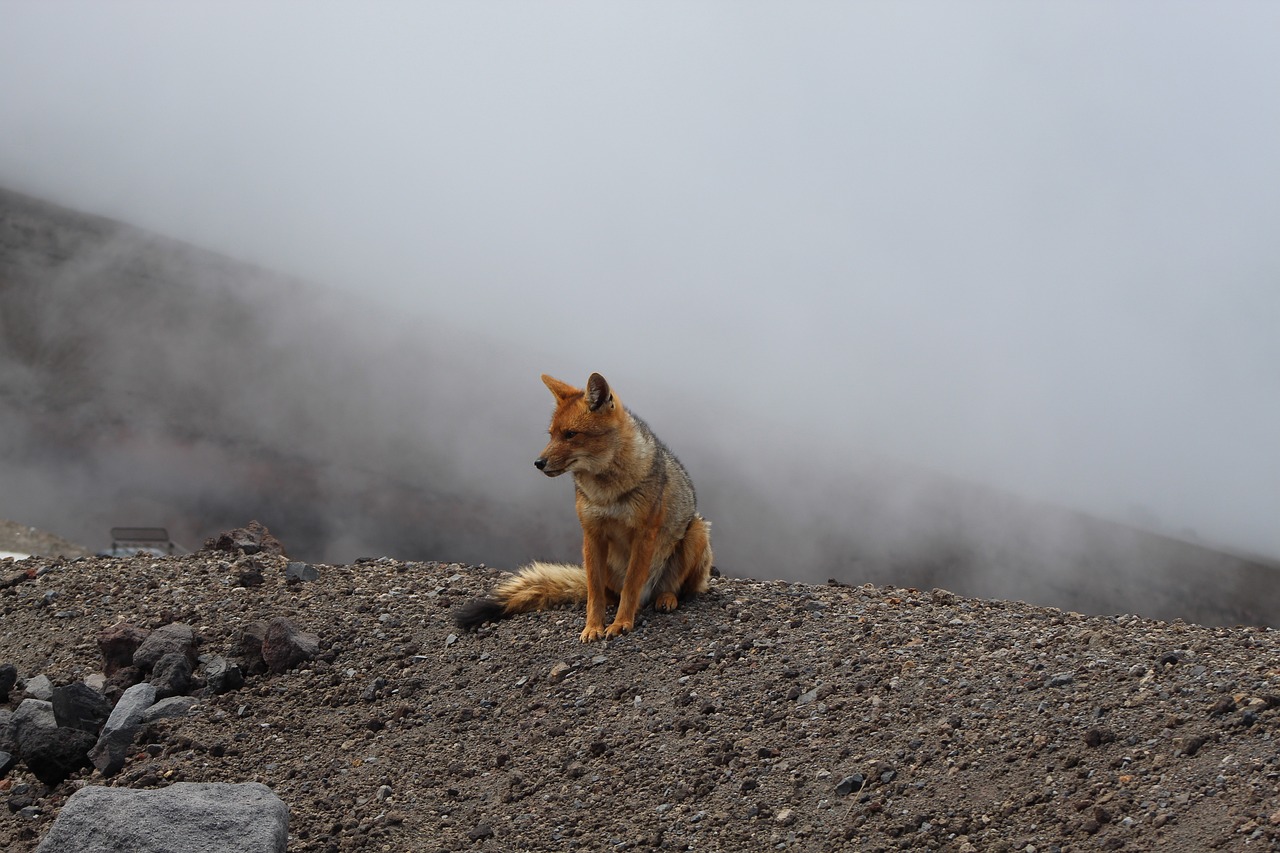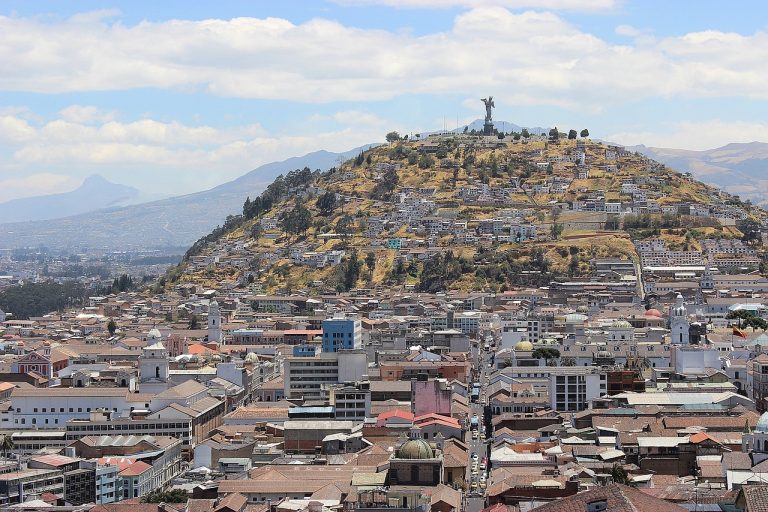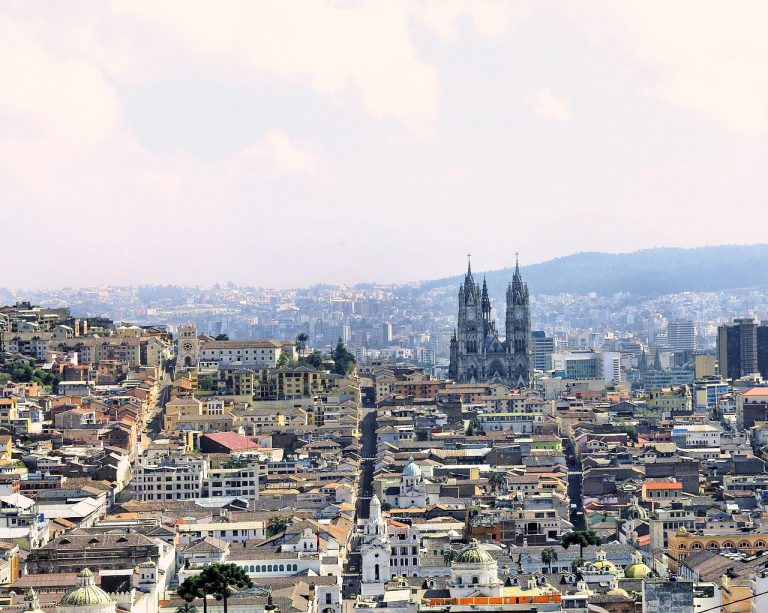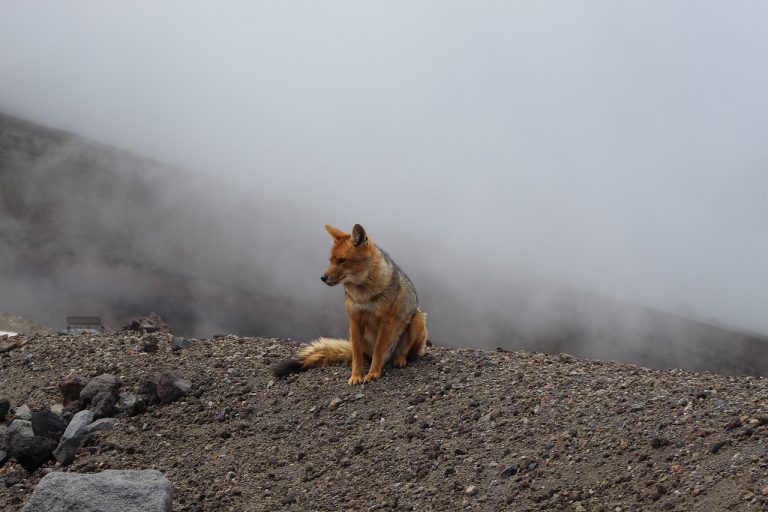Quito Ecuador Video
The Cultural Evolution of Quito Ecuador
Quito, the capital city of Ecuador, has a rich cultural history that has evolved over centuries. From its indigenous roots to the Spanish colonization and subsequent influences, Quito has become a vibrant city with a unique blend of traditions, architecture, and arts. This article will explore the cultural evolution of Quito, highlighting its historical landmarks, festivals, cuisine, and more.
Indigenous Roots
- Quito’s Ancient Origins: Quito was originally inhabited by the Quitu people, who established the city around 980 AD. They were part of the Caras civilization, known for their advanced agricultural techniques and pottery skills.
- Inti Raymi Festival: The Inti Raymi Festival, also known as the Festival of the Sun, is celebrated annually to honor the sun god Inti. It is a significant event that showcases indigenous rituals, music, dance, and traditional costumes.
- Museo del Banco Central: The Museo del Banco Central houses an impressive collection of indigenous artifacts, providing visitors with a deeper understanding of Quito’s indigenous heritage.
Quito Ecuador Image 1:

Spanish Colonization
- Spanish Influence on Architecture: The Spanish colonization in the 16th century brought significant changes to Quito’s architecture. The historic center, known as “Quito’s Old Town,” is a UNESCO World Heritage Site with well-preserved colonial buildings and churches.
- La Compañía de Jesús: La Compañía de Jesús is a stunning Jesuit church in Quito, renowned for its intricate Baroque architecture and lavish interior decorations.
- Plaza de la Independencia: Plaza de la Independencia, also known as Independence Square, is a central square in Quito that serves as a symbolic landmark of Ecuador’s struggle for independence from Spanish rule.
Quito’s Festivals
- Quito’s Carnival: Quito’s Carnival is a vibrant celebration held in February or March, featuring colorful parades, music, dancing, water fights, and traditional food.
- El Diablito: El Diablito is a unique festival celebrated in Quito’s neighborhoods, where participants dress up as devils and engage in playful mischief and dances.
- Quito’s Holy Week: Holy Week in Quito is a religious festival that attracts thousands of visitors. It includes processions, religious rituals, and elaborate street decorations.
Quito Ecuador Image 2:

Quito’s Gastronomy
- Locro de Papa: Locro de Papa is a traditional Ecuadorian potato soup that is popular in Quito. It is made with potatoes, cheese, avocado, and spices.
- Ceviche: Quito offers delicious ceviche, a dish made with fresh seafood marinated in lime juice, onions, and cilantro.
- Empanadas de Viento: Empanadas de Viento are a local specialty in Quito. These crispy pastries are filled with cheese and served with a sprinkle of powdered sugar.
Arts and Culture
- Teatro Sucre: Teatro Sucre is a historic theater in Quito that hosts various performances, including opera, ballet, and theatrical productions.
- Fundación Guayasamín: The Fundación Guayasamín is an art museum dedicated to the works of Oswaldo Guayasamín, one of Ecuador’s most renowned artists.
- La Ronda: La Ronda is a charming street in Quito’s historic center, known for its traditional crafts, music, and lively atmosphere.
Quito Ecuador Image 3:

Outdoor Spaces
- El Panecillo: El Panecillo is a prominent hill in Quito that offers panoramic views of the city. At its peak stands the iconic statue of the Virgin of Quito.
- Parque La Carolina: Parque La Carolina is a sprawling urban park in Quito, perfect for jogging, picnicking, and enjoying recreational activities.
- TelefériQo: TelefériQo is a cable car that takes visitors to the top of Cruz Loma, offering breathtaking views of Quito and the surrounding mountains.
Quito’s Music and Dance
- Marimba Music: Marimba music is an integral part of Ecuadorian culture, and Quito offers opportunities to experience live performances.
- Folkloric Dances: Traditional folkloric dances, such as the Sanjuanito and the Pasillo, are often performed during festivals and cultural events in Quito.
- La Mariscal: La Mariscal is a lively neighborhood in Quito known for its vibrant nightlife, where visitors can enjoy live music and dance performances.
Education and Museums
- Casa de la Cultura Ecuatoriana: Casa de la Cultura Ecuatoriana is a cultural organization that houses multiple museums, showcasing Ecuadorian art, history, and literature.
- Universidad San Francisco de Quito: Universidad San Francisco de Quito is one of Ecuador’s leading universities, contributing to the city’s intellectual and cultural development.
- Museo de Arte Contemporáneo: The Museo de Arte Contemporáneo exhibits contemporary art from Ecuador and around the world, providing a platform for local artists.
Conclusion
Quito Ecuador is a city that has evolved through a fascinating cultural journey, blending its indigenous roots with Spanish influences and modern developments. From its historic landmarks to its vibrant festivals, gastronomy, and arts scene, Quito offers a captivating cultural experience for locals and visitors alike.
References
- quito.com.ec
- quito.travel
- unesco.org
- museosquito.gob.ec
- teatrosucre.com
- fundacionguayasamin.org
- teleferico.com.ec
- casadelacultura.gob.ec
- usfq.edu.ec
- macquito.com







